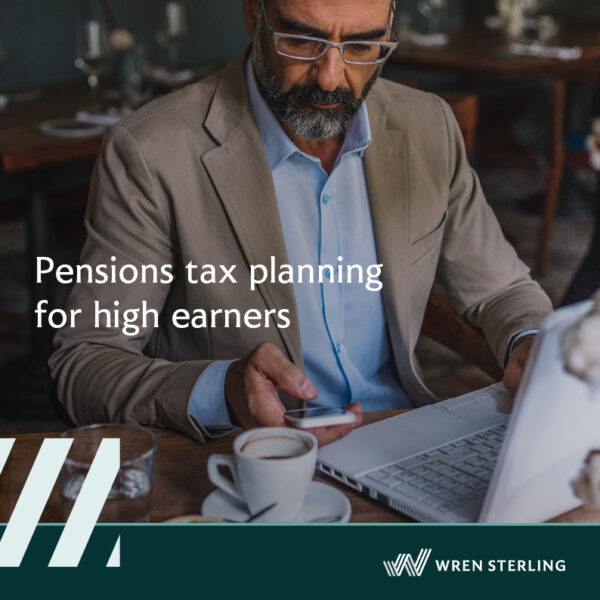How much do I need to retire?
Our Pension Calculator uses your current age and pension savings to give you an idea of what your retirement income could look like. It can help you answer questions like ‘What will my retirement look like?, ‘How much do I need to retire?’ and ‘When can I retire?’.
Once you have an idea of whether or not you’re saving enough to meet your pension goals at retirement, talk to a Financial Adviser who can help you achieve the kind of retirement you want.
Using the simple sliders, you can estimate how much you will have in your pension pot when you reach your retirement age and the income this can provide.







